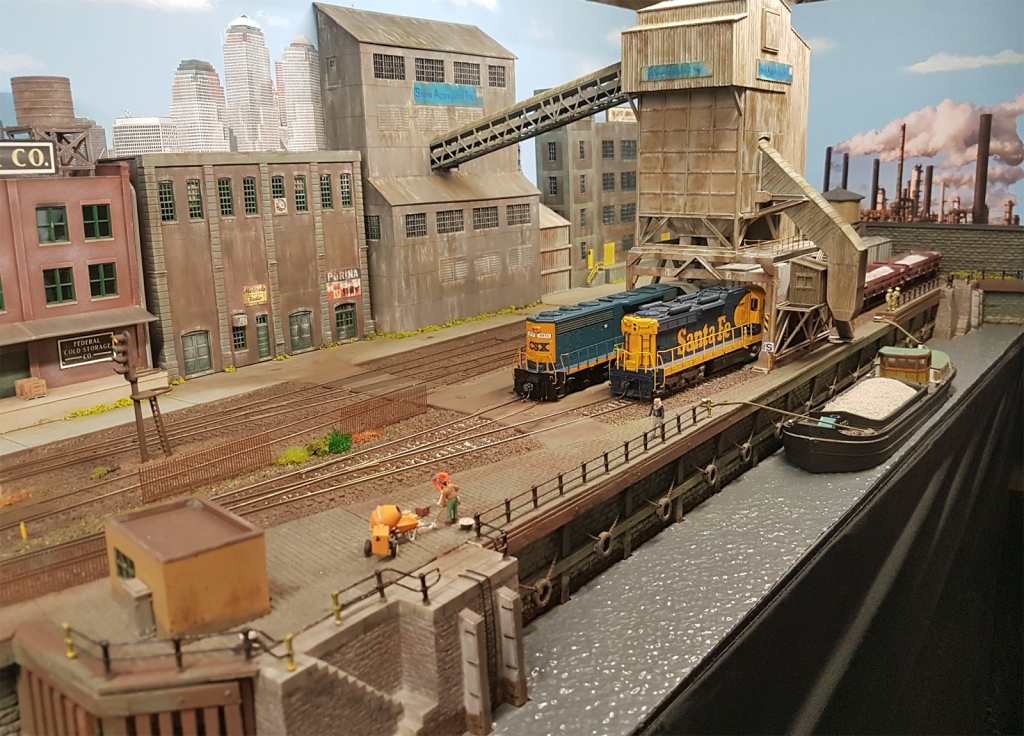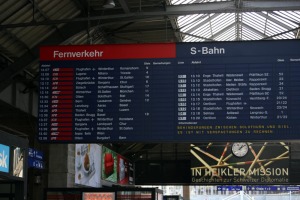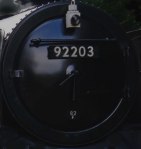
Photo by Phil Sangwell, via Wikimedia Commons
This article covers the evolution of British railway freight sectorisation: from regional operation to sectorisation and privatisation. Freight sectorisation refers to the sub-brands that British Rail (BR) created in the 1980s and early 90s, when it was reorganised from a regional structure to an operational sector based structure and finally into business sectors. The strategies were used for both marketing purposes and in BR’s subsequent profit centre based privatisation plans.
Sectorisation can be considered across three periods: up to 1987, 1987 to 1994, and 1994 to BR privatisation.
Continue reading


